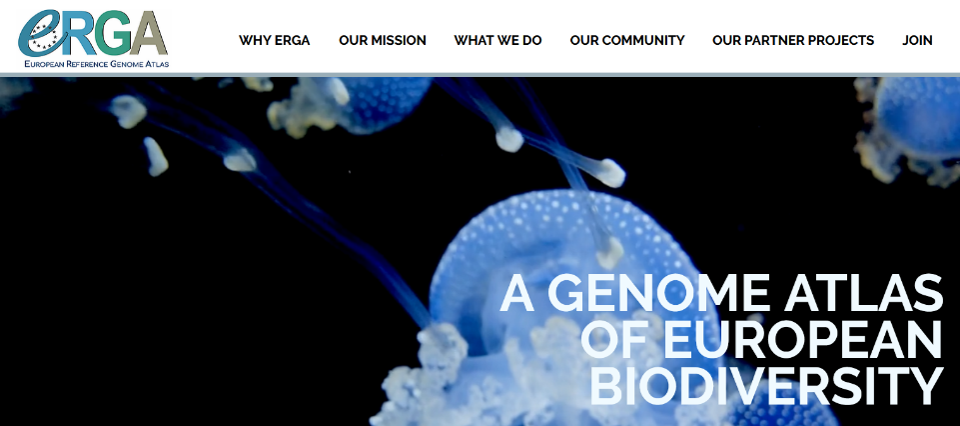Sequencing technology has changed in research in biology tremendously and probably much more than any other technology before. The development from radioactivity-based to nowadays single-molecule real-time sequencing of tens of thousands of base pairs in a single go in the last three decades is on par with the development in computer science. Sequencing a human genome at the highest standard and almost chromosome-level can be accomplished in less than a week. Accordingly, in the last two years many initiatives have been started to sequence the genomes of each eukaryotic species, that is the species with a nucleus like animals, plants or fungi, after the initial proposal by the Earth Biogenome Project (EBP).

Our own project InvertOmics sequencing the genomes of representatives from different lophotrochozoan/spiralian phyla will also contribute to the goals of EBP. However, since this year our group is also involved in several other projects at the national and international level. This year, the Norwegian part of the EBP (EBP-Nor) has gotten funding from the Research Council of Norway and will officially start this December. This is a longer project aiming at sequencing the biodiversity occurring in Norway. In Europe, it is only the second of its kinds at the national after the Darwin Tree of Life (DToL) initiative by the Sanger instutition aiming at sequencing the biodiversity of the British and Irish islands. Also at the European level, a proposal has now been submitted of 30 institutions from 18 European countries also having the goal to sequence the European biodiversity at the genomic level. We are also actively involved in this consortium contributing with our museal and genomic expertise about difficult material to the project. The whole attribute of these endeavors is to be open and collaborative. All of them try to work closely together to avoid duplicated efforts, learn from each other and apply the standards in their approaches. To accomplish this goal and as a driving force at the European level, at the beginning of this year a new European initiative has been launched, the European Reference Genome Atlas (ERGA, see featured image at the top). Our group is honored to be part of the ERGA council, as one of the two Norwegian representatives. ERGA is a bottom-up initiative and is open to everyone interested in genomic research used for biodiversity research. If you want to join, it is easy: Just fill out the simple form at the bottom of the ERGA webpage and get involved in the different work-groups and the monthly plenary meeting. If you are interested in more information about feel free to contact me, Torsten Struck.
We are right now in exciting times. For any organism, we are almost there that we can get the genome of any organism we interested in without much effort. If one thinks about what collaborative efforts it took to get the first draft of the human genome, this is just still unbelievable. For several organisms, there are still some challenges ahead, but even these get addressed and solved at an increasing pace. Hence, that we can the genome of any species within just a week at almost chromosome level is clearly at the horizon. Having the genome of an organism opens many venue of research accessible before only for model organisms. Any organism can become a model organism nowadays. Moreover, reference genomes allow also much more detailed insights into the ecology and distribution of a species at level, which to date is only possible for a few vertebrate, mostly mammal species. Hence, more tailored conservation efforts are possible for example applying landscape genomics and looking at habitat conservation rather than individual species.
![]()

1 Comment on “Biodiversity research in the Genomics era”